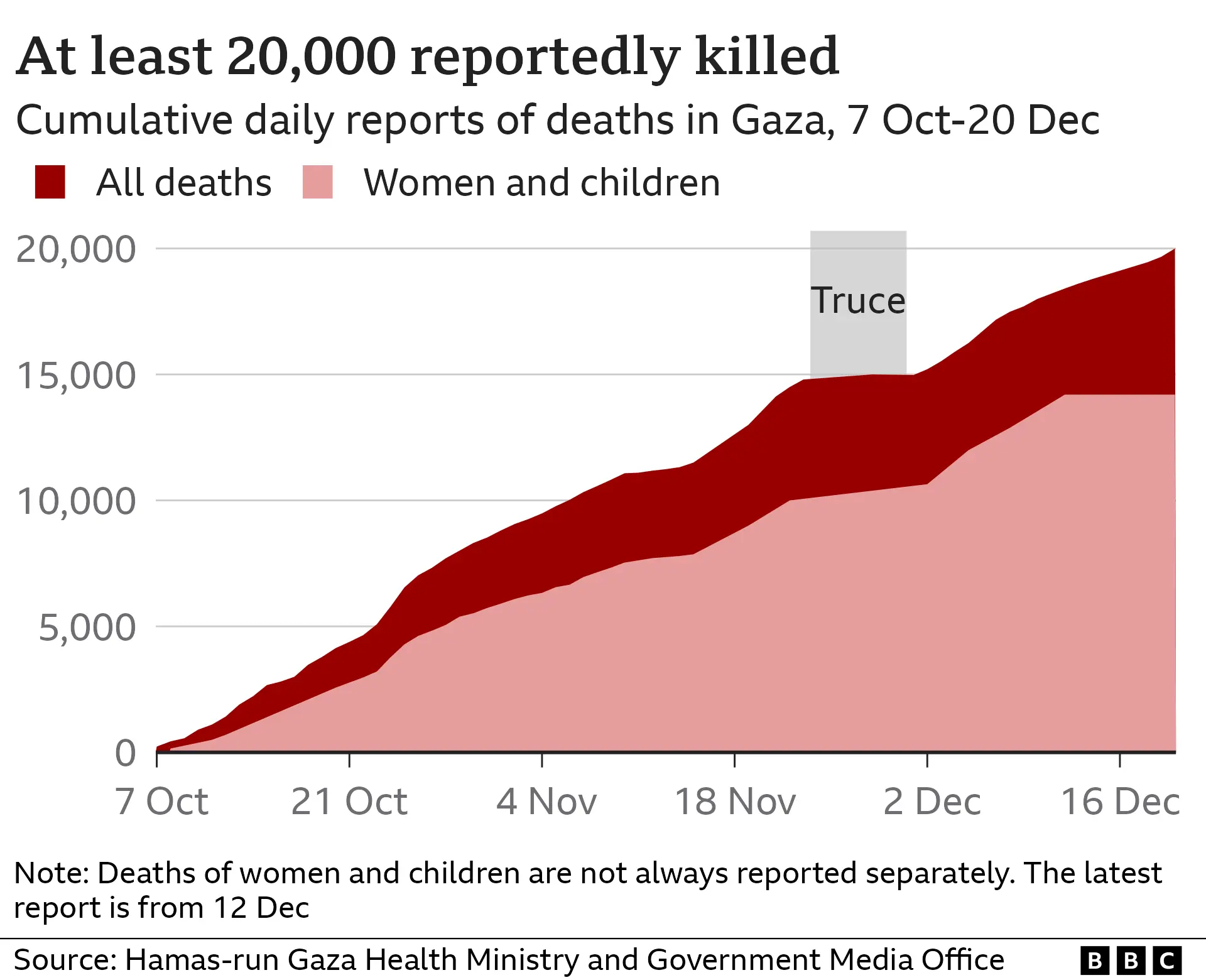Last month, I wrote about how the death toll from Israel’s war in Gaza may be significantly higher than the commonly cited estimate that has lately been stuck at under 40,000 individuals. A Friday article at The Lancet medical journal makes the case that the death toll, conservatively estimated, may be more than four times higher — even if the war were to end immediately.
The article’s authors Rasha Khatib, Martin McKee, and Salim Yusuf note in reaching their conclusion:
Armed conflicts have indirect health implications beyond the direct harm from violence. Even if the conflict ends immediately, there will continue to be many indirect deaths in the coming months and years from causes such as reproductive, communicable, and non-communicable diseases. The total death toll is expected to be large given the intensity of this conflict; destroyed health-care infrastructure; severe shortages of food, water, and shelter; the population’s inability to flee to safe places; and the loss of funding to UNRWA, one of the very few humanitarian organisations still active in the Gaza Strip.
In recent conflicts, such indirect deaths range from three to 15 times the number of direct deaths. Applying a conservative estimate of four indirect deaths per one direct death to the 37,396 deaths reported, it is not implausible to estimate that up to 186,000 or even more deaths could be attributable to the current conflict in Gaza. Using the 2022 Gaza Strip population estimate of 2,375,259, this would translate to 7.9% of the total population in the Gaza Strip.
Of course, as long as the military action and blockade on Gaza continues, the number of deaths will keep increasing. Also, the suffering will continue for Gazans who manage to survive while being subjected to serious physical and mental injuries.




